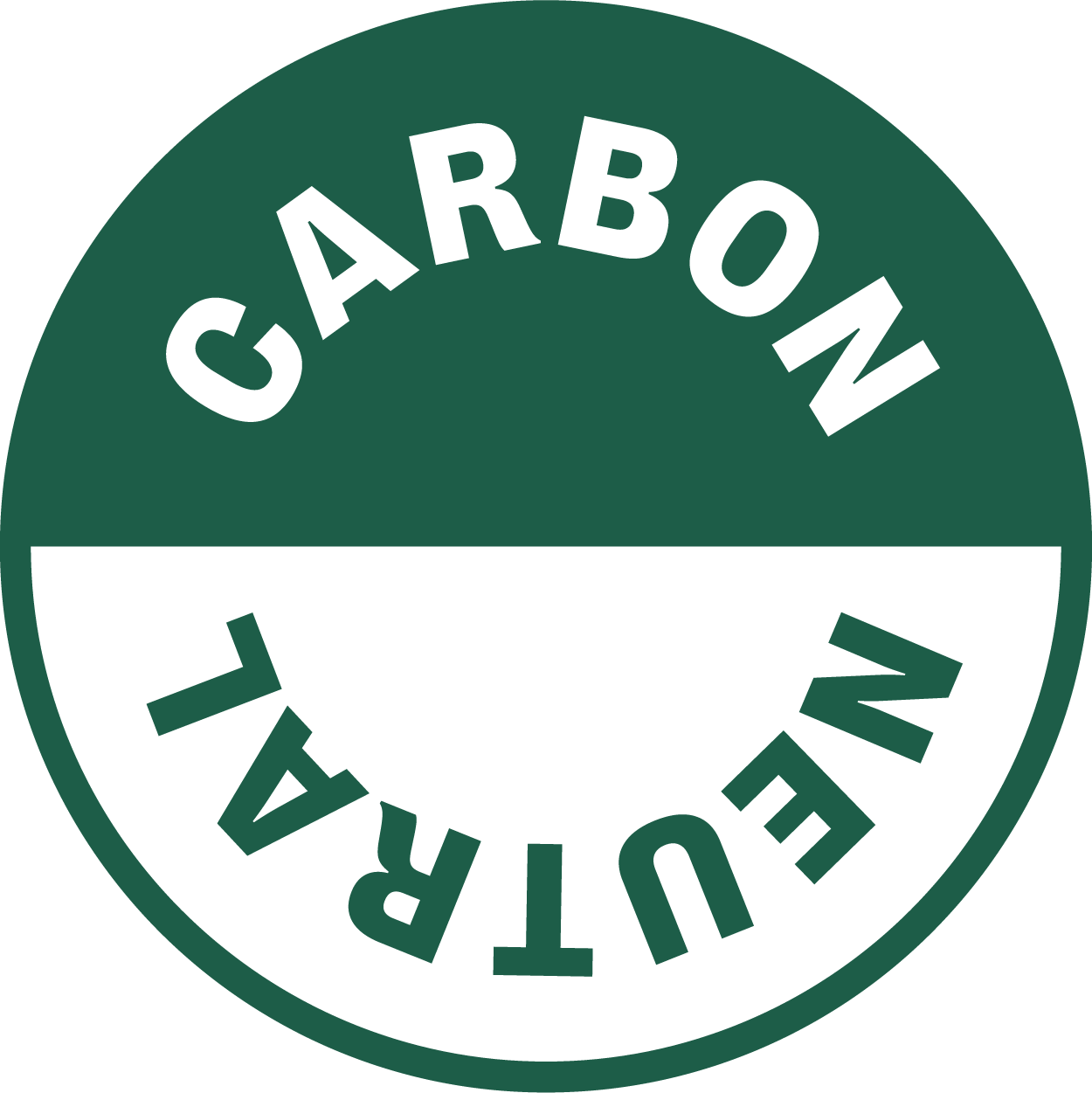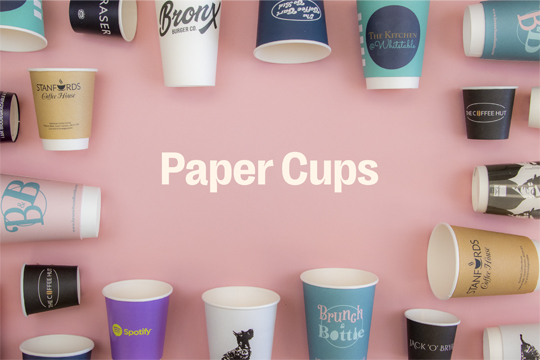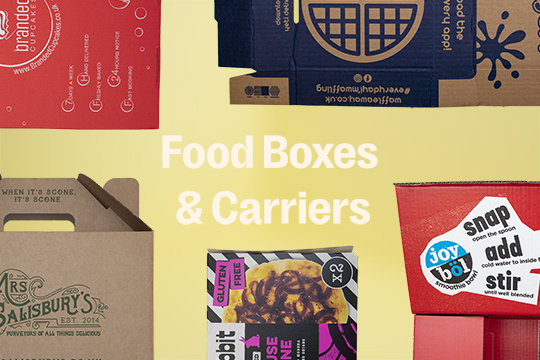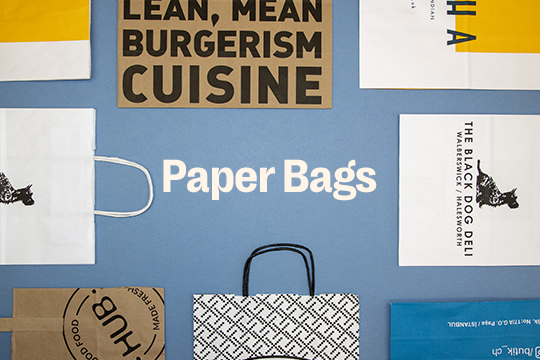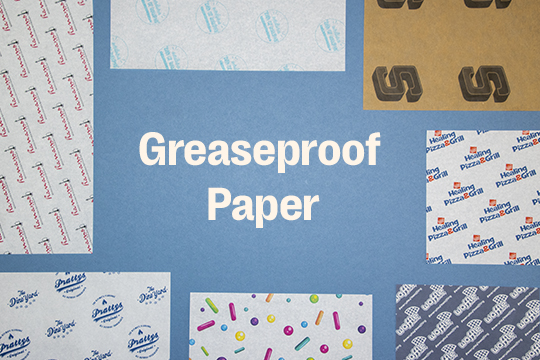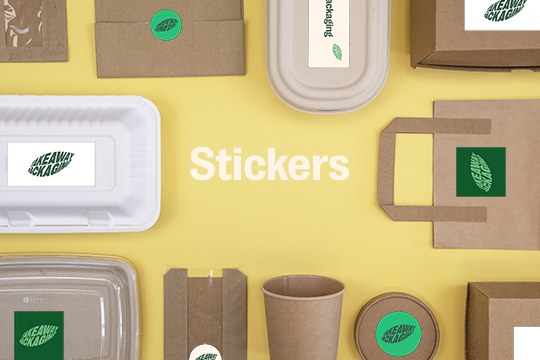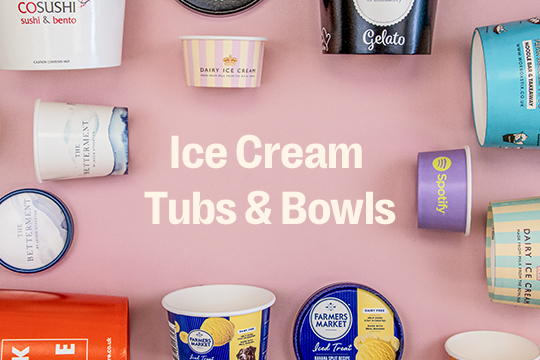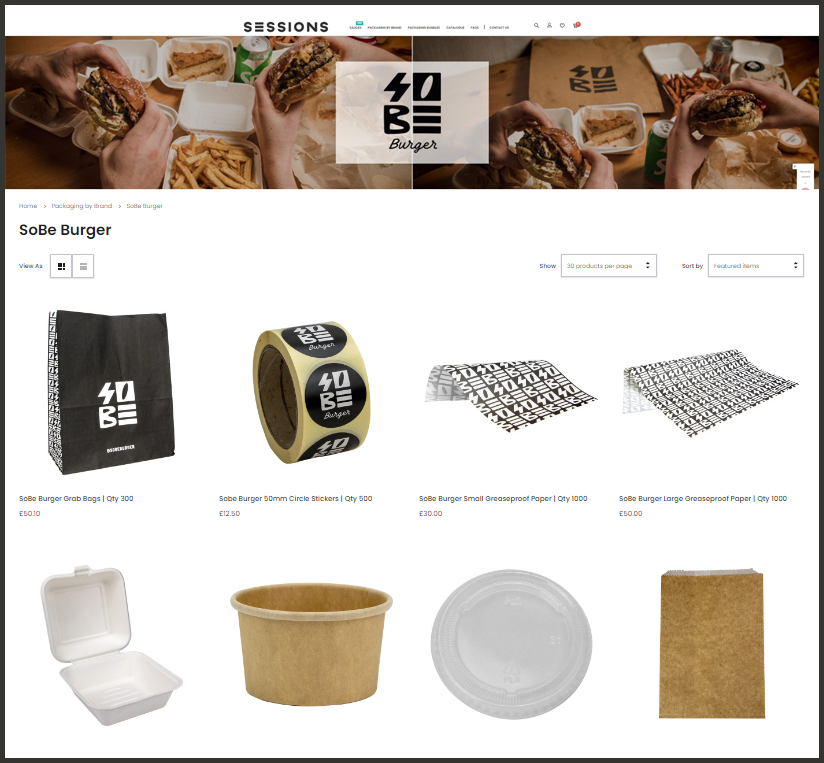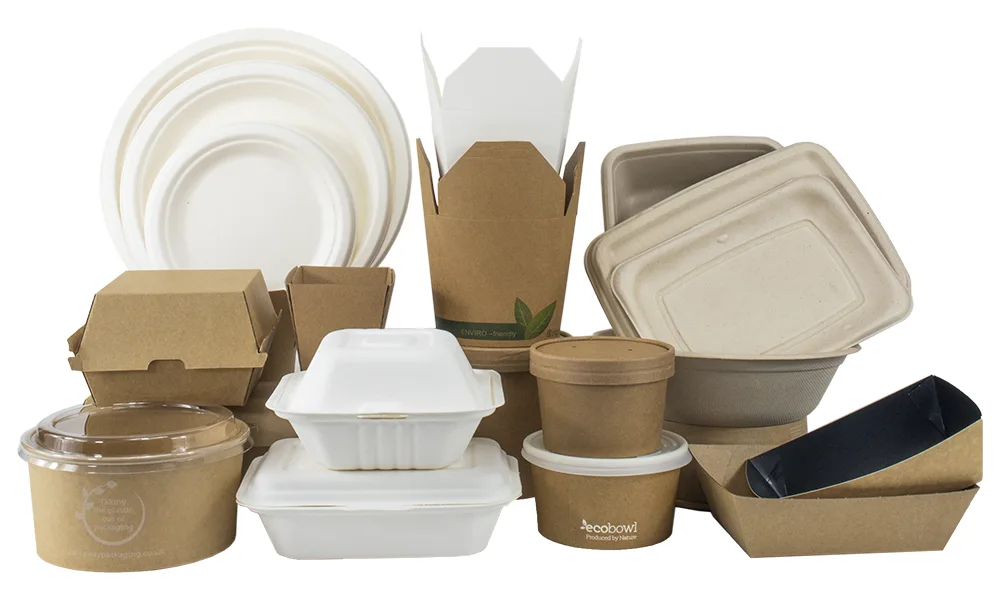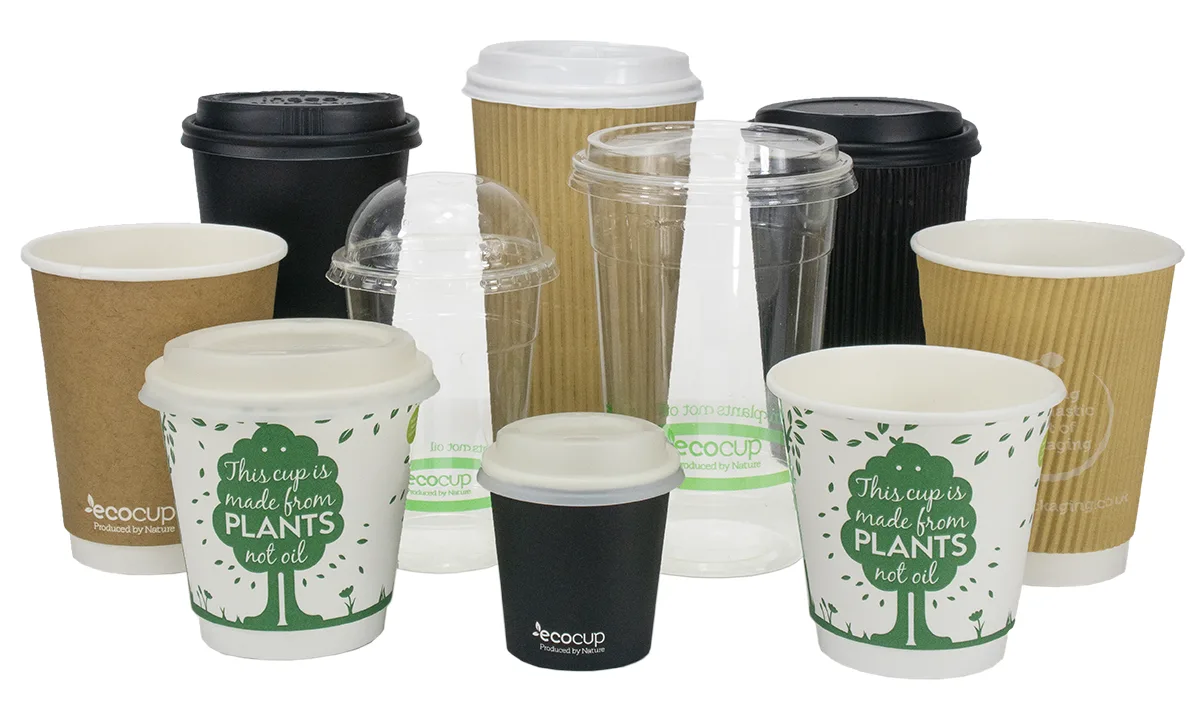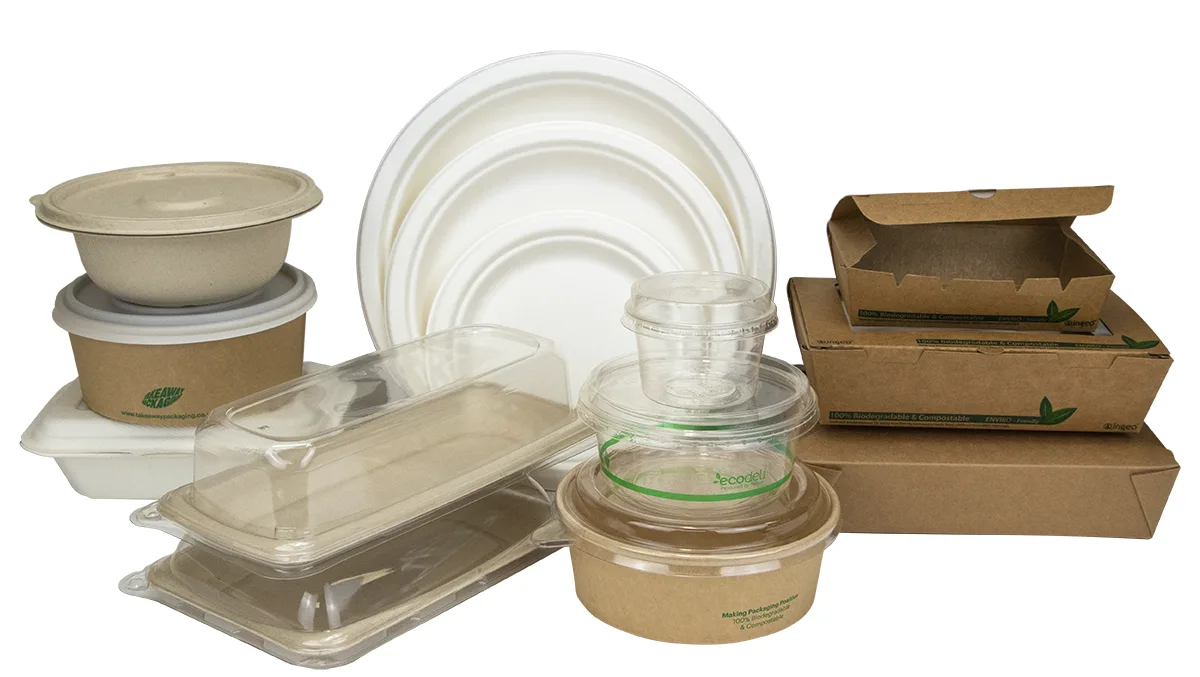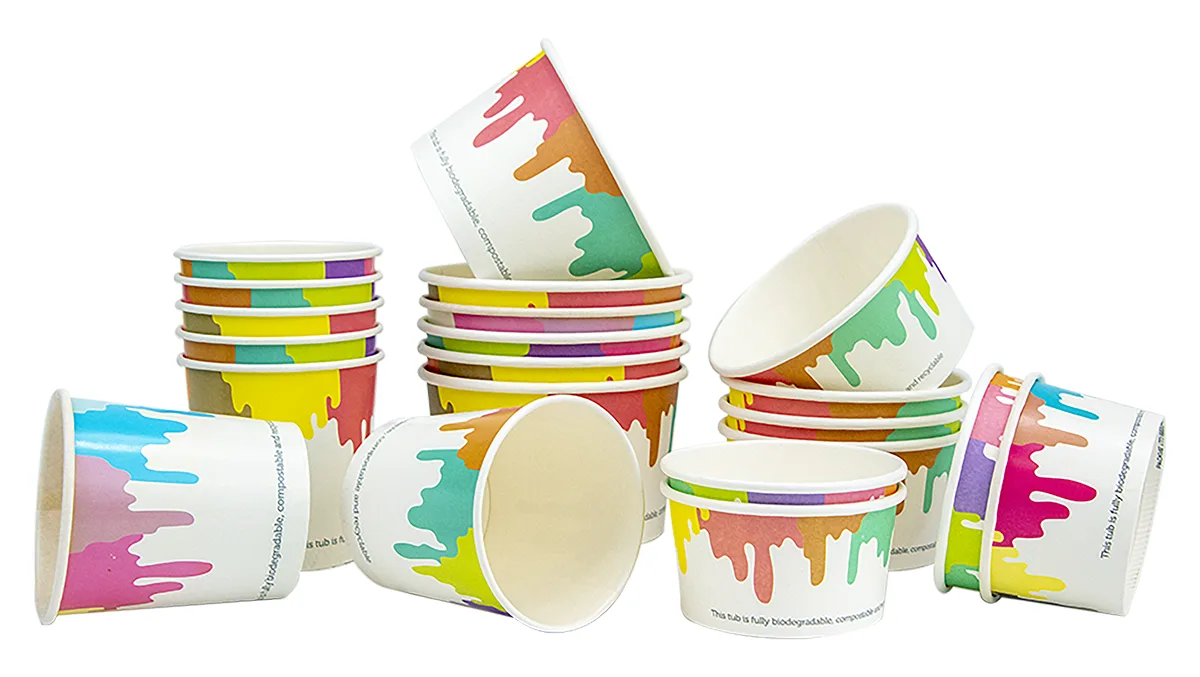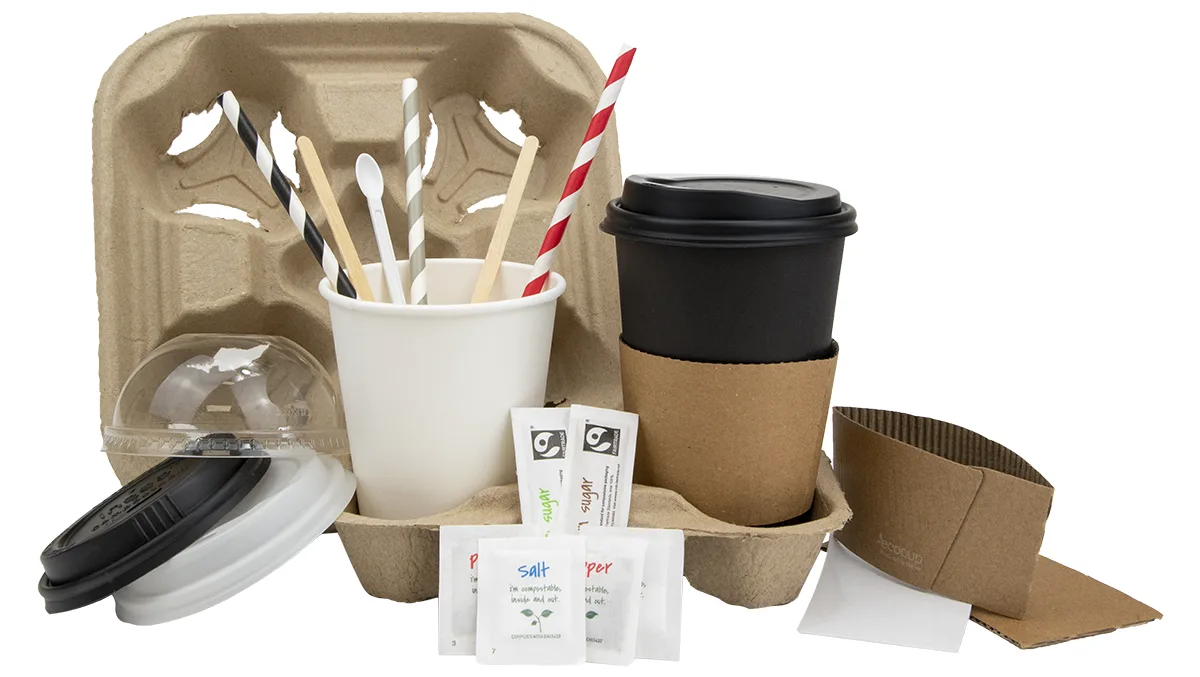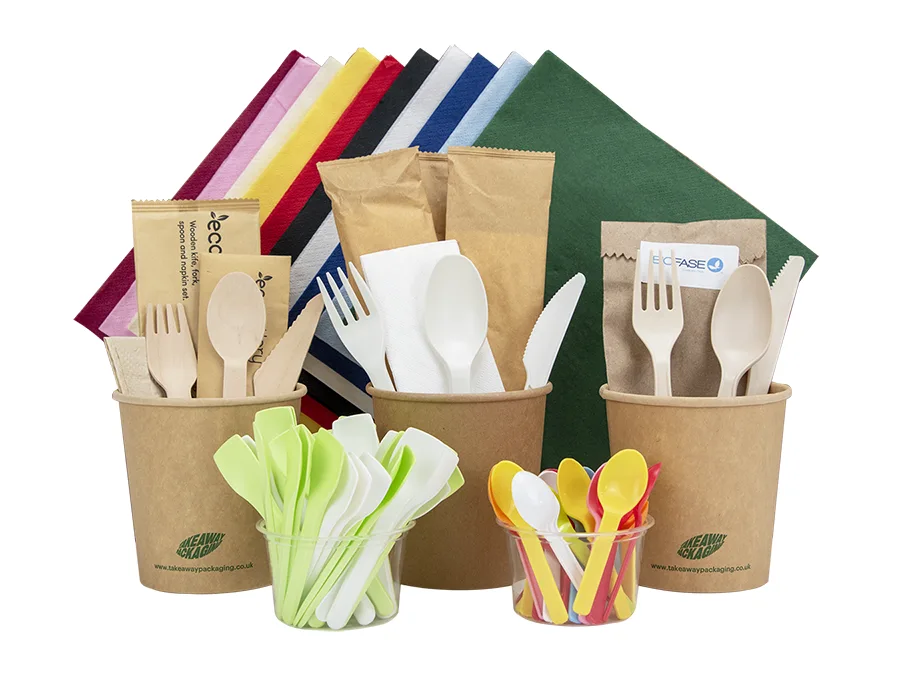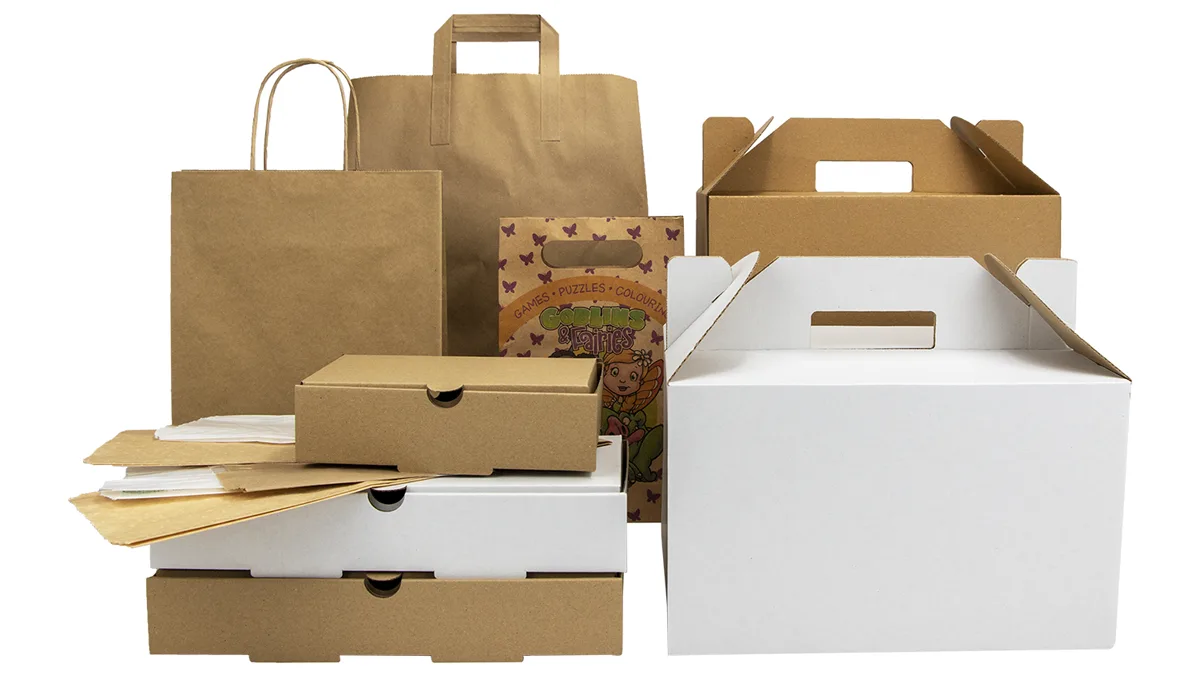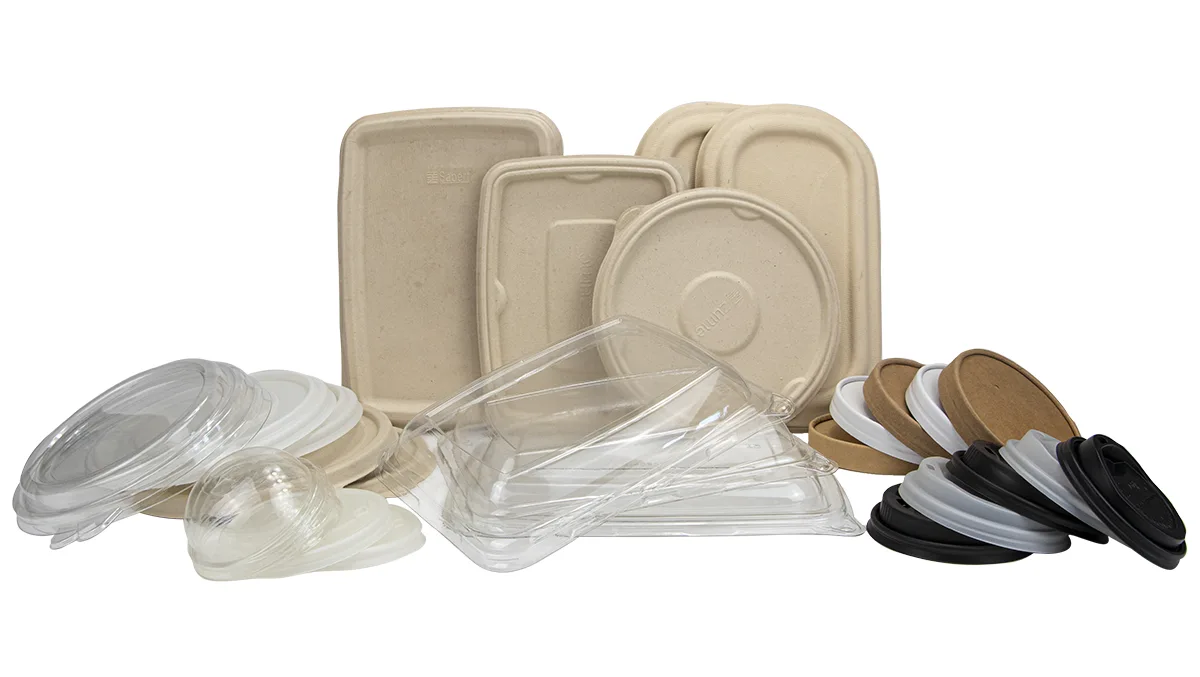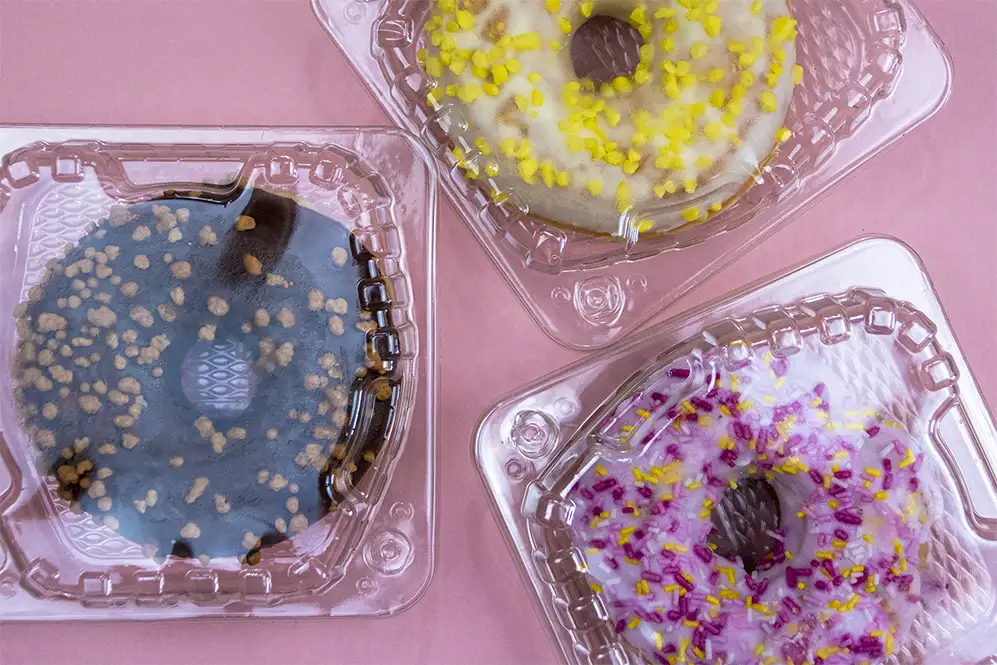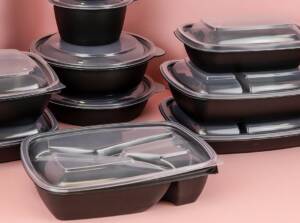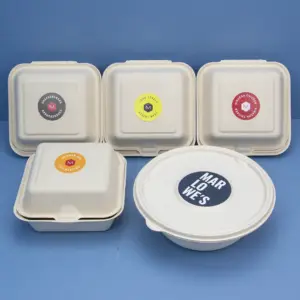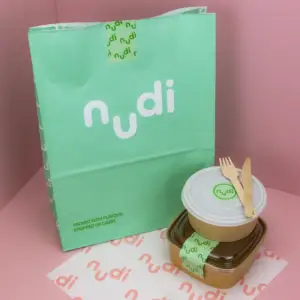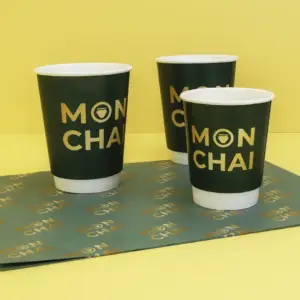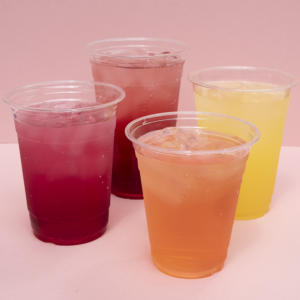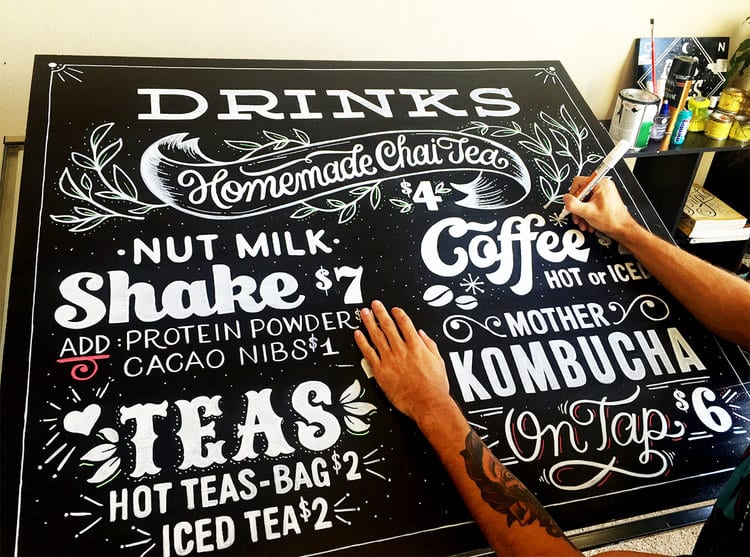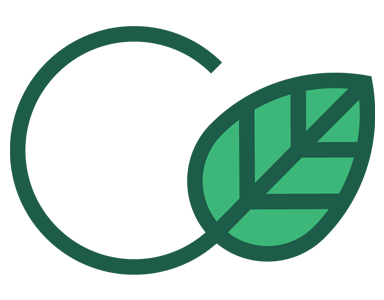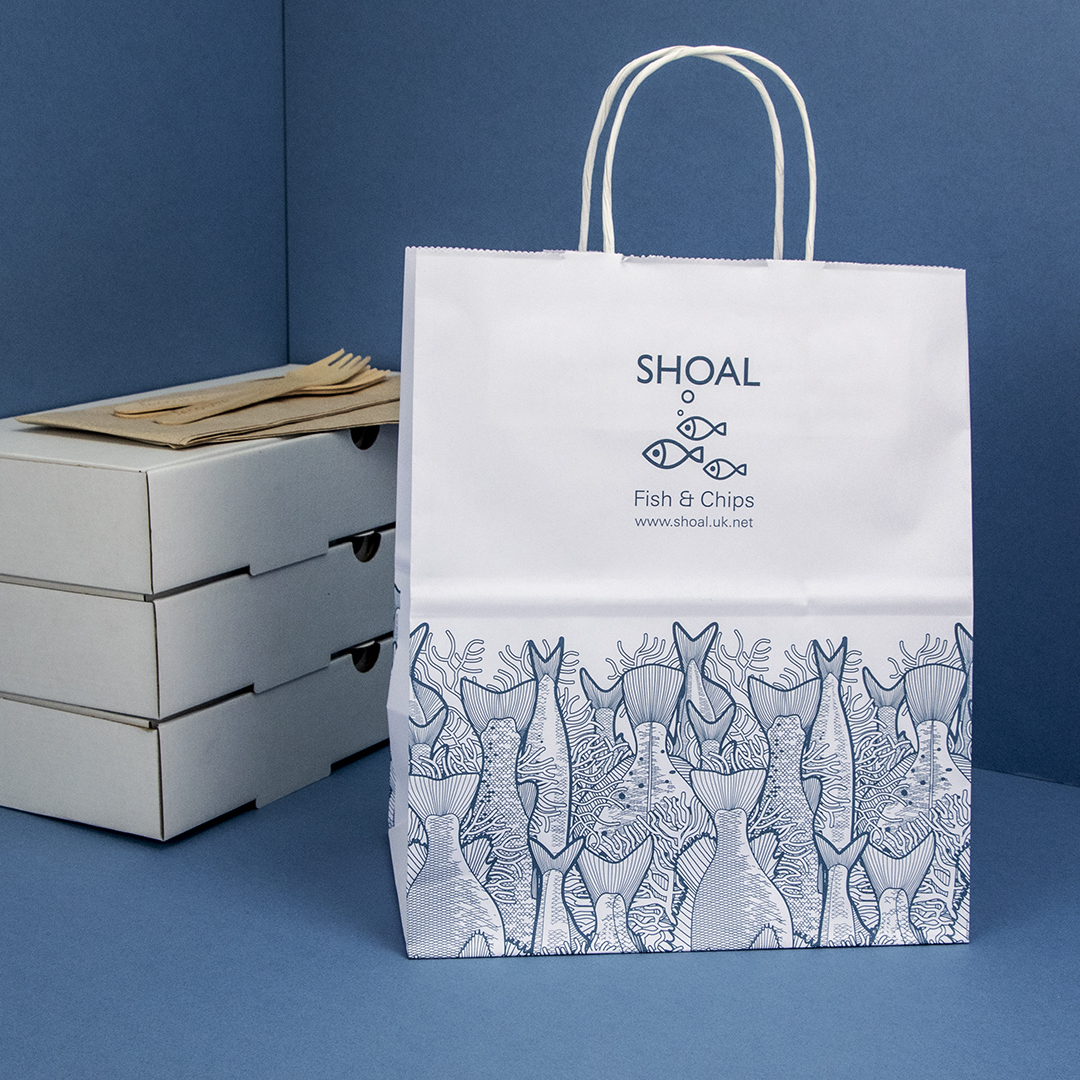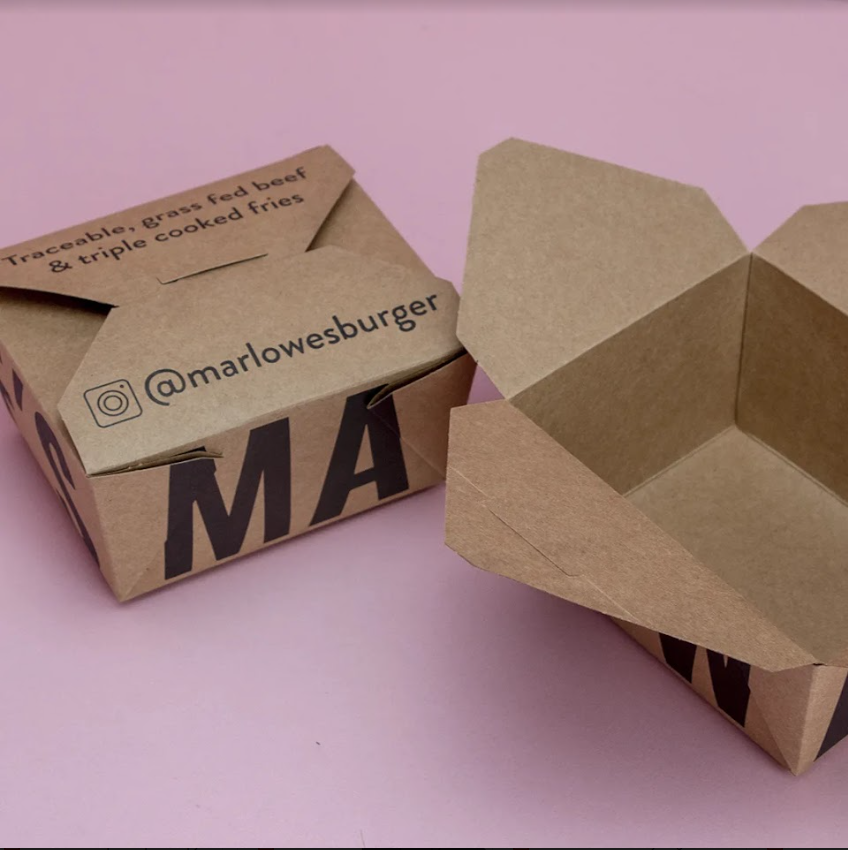As a provider of carbon-neutral packaging, we often discuss the bad and good things about plastic food packaging. We promote our range of eco-friendly packaging products wherever possible, but it’s important to take a step back and acknowledge why some types of plastic food packaging are still widely used.
So is plastic food packaging becoming redundant? Find out with Takeaway Packaging, the UK’s top-rated food packaging supplier.
Types of Plastic Food Packaging
Many food packaging products are made using plastic-based materials, particularly in PPDS food items and takeaway food packaging products that are intended for single-use:
Plastic Bags
Plastic bags have always been a lightweight and convenient way to pack and transport food items like sandwiches, wraps and pastries. But due to the plastic bag tax, they’re less popular than they used to be.
Plastic Containers
Plastic takeaway containers are used to hold hot and cold food. They’re adept at keeping food fresh for longer periods. Curries, noodles, pasta dishes and salads are commonly served in plastic containers.
Plastic Clamshells
Often made of polystyrene, clamshell packaging is used for takeaway meals like burgers, fries or wraps, which need to be accessed conveniently for immediate consumption.
Greaseproof Paper
Silicone-lined greaseproof paper is designed to keep wrapped sandwiches, pastries and other food items fresh. Using greaseproof paper can also make eating less messy.
Plastic Cups & Lids
Smoothies, bubble tea and colourful juices look best in a clear, plastic cup. Some hot drinks packaging is lined with PE (polyethylene) for increased moisture resistance.
Plastic Cutlery
For food on the go, like takeaway meals, plastic cutlery like forks, spoons and knives helps consumers enjoy their food whenever and wherever they want.
Plastic Pouches
Sauces, dips and condiments regularly come in small plastic squeezable pouches.
In the 1950s, plastic production began to soar, and since then, these types of plastic food packaging have become a mainstay among takeaway restaurants and street food vendors. Only a decade later, the world began to realise that although convenient and durable, plastic food packaging had a few problems.
Potential Problems with Plastic Food Packaging
While commonly used for food packaging, some forms of plastic come with significant drawbacks. It has a long decomposition time, causing pollution and harm to wildlife. There is evidence of harmful effects on health from the dangers of phthalates and microplastics and environmental hazards from oil-based plastics. Here are some of the bad things about plastic which might make you want to switch to sustainability:
- Environmental impact: Plastic packaging contributes to the accumulation of long-lasting plastic waste in the environment, negatively impacting wildlife and ecosystems.
- Health risks: Some plastic food packaging types may release harmful chemicals when heated, potentially contaminating food and posing health risks to consumers due to phthalates and microplastics.
- Limited recyclability: While some plastic packaging is recyclable, many types are not, leading to a large amount of plastic waste ending up in landfills or the environment.
- Non-biodegradable: Plastics do not biodegrade like organic materials but instead break down into smaller pieces that persist in the environment for hundreds of years.
- Energy consumption: The production of plastic food packaging requires substantial energy, contributing to greenhouse gas emissions and climate change.
- Single-use plastic ban: This means that plastic-based food packaging like plates, bowls, clamshells, straws and cups are banned, so you won’t be able to use them in your takeaway service.
Related: Which Single-Use Food Packaging Items Are Banned in the UK?
Why Is Plastic Still Used for Food Packaging?
Plastic is used for food packaging because it is versatile, cost-effective, offers substantial protection and is widely available. It can be moulded into various shapes, is lightweight for transportation, and provides a barrier against moisture, air and contaminants to keep food fresh.
But, there is growing awareness of the environmental impacts of plastic, and efforts are being made to reduce plastic use and find more sustainable alternatives for food packaging.
Plastic Packaging Alternatives for Food and Drinks
We offer a comprehensive range of eco-friendly packaging for all kinds of food and drinks to minimise the use of non-recyclable and non-biodegradable materials.
We supply eco-friendly single-use packaging to various high-end food suppliers in the UK. As such, we’re responsible for making sure our products provide an ethical and sustainable way for brands like Nando’s and Pizza Hut to serve their customers:
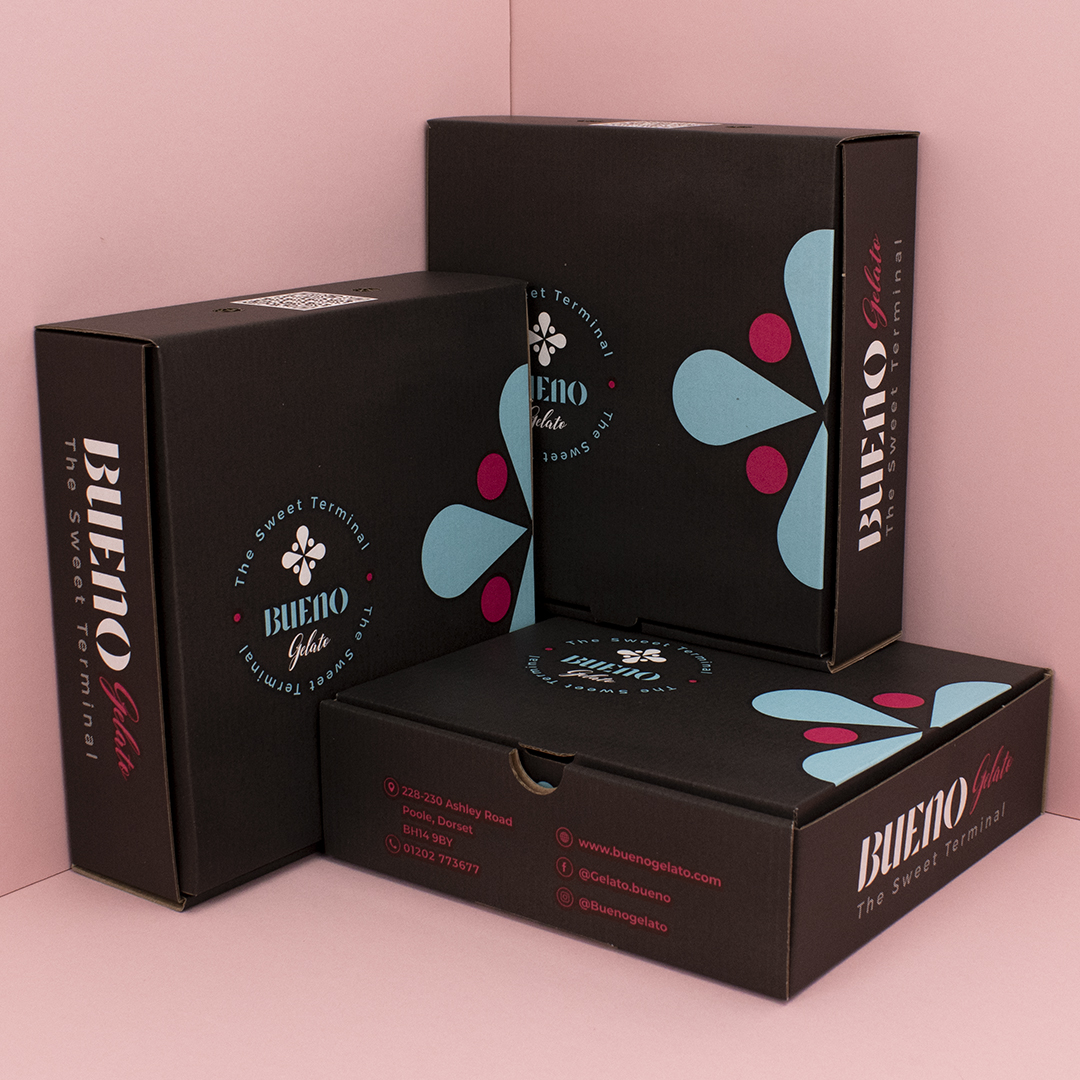 |
Recyclable PackagingRecycling at home is an essential part of living an eco-friendly lifestyle. That’s why we designed our pizza boxes with grease-resistant properties that dramatically improve recycling rates. They’re much less likely to spoil, giving your customers a much better experience and helping them protect the environment. |
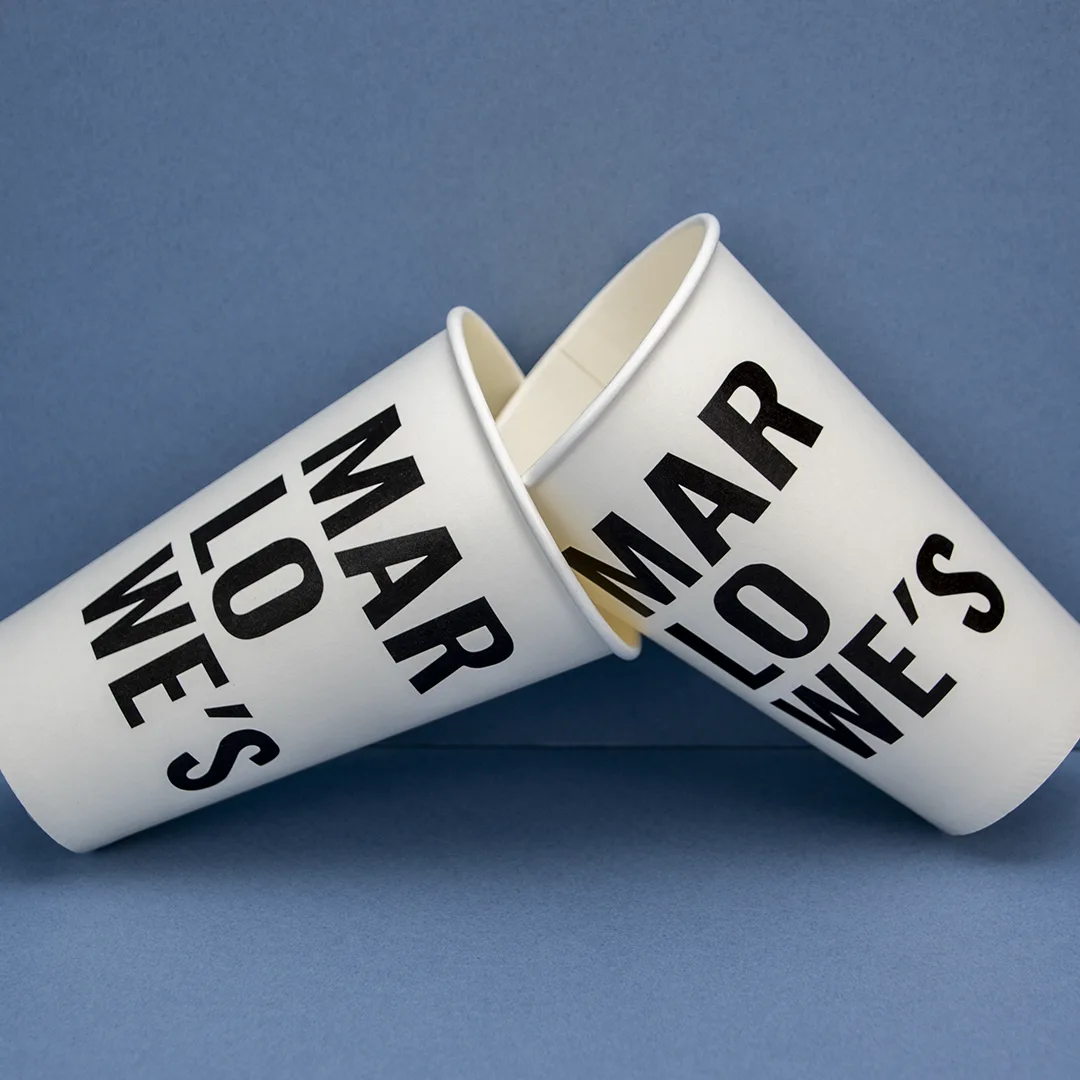 |
Biodegradable PackagingOnce used, biodegradable packaging products can be thrown away in general waste. This saves customers extra hassle seeking out recycling points or cleaning out their packaging for efficient recycling. This can be particularly useful if the packaging isn’t practical or convenient for reuse, like our biodegradable coffee cups. |
 |
Compostable PackagingHome and commercially compostable packaging gives businesses and consumers more options to dispose of used packaging responsibly. Made of natural, plant-based materials, compostable products like our ice cream cups degrade naturally in a short time compared to plastics, which often take hundreds of years to decompose. |
How to Reduce Plastic Use in Food Packaging
If you’re operating in the food service sector, you need sustainable packaging that keeps hot food warm and cold food chilled. The packaging you choose will likely be single-use, so it should be easy for your customers to dispose of it responsibly. Although plastic food packaging was a staple choice for many, it isn’t naturally biodegradable, making it harder to justify as single-use packaging.
Lets explore some alternative eco-friendly food packaging solutions that appeal to the evolving preferences of consumers and a planet-positive future.
Bagasse Food Packaging: Plates, Clamshells & Bowls
Bagasse, a versatile packaging material, has gained recognition for its impressive attributes. Derived from sugarcane pulp, a natural by-product of sugarcane harvesting, bagasse is sturdy, biodegradable, and compostable. It is readily accessible and requires minimal processing, yet it boasts remarkable durability while being environmentally friendly.
Bagasse food packaging is available in diverse designs, such as clamshell meal boxes, leakproof bowls, and plates, making it suitable for a wide variety of hot and cold food options. Bagasse is an ideal packaging material for over-the-counter food service establishments seeking sustainable, eco-friendly solutions.
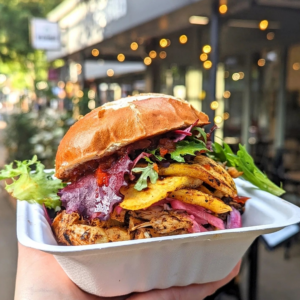
Kraft Food Packaging: Trays & Meal Boxes
Unlike plastic-based takeaway containers, Kraft food packaging is recyclable and biodegradable, making it a sustainable choice. Evidence suggests consumers prefer natural packaging materials like paper, cardboard, and Kraft board. This is because they’re considered environmentally friendly, lightweight, and feature a rustic aesthetic.
Kraft packaging is eco-friendly and perfect for hot food. Explore our selection of meal boxes, trays and more made from renewable Kraft wood pulp.
Eco-Friendly Greaseproof Paper
Our compostable greaseproof paper is crafted from 100% virgin pulp and features a unique composition of tightly compacted fibres, rendering it impermeable to oil, grease, fat, and moisture. This all without the need for a silica-based coating found on traditional greaseproof papers.
This means it can be commercially or home composted or recycled, making it an eco-friendly choice. Under optimal conditions, our sustainable greaseproof paper degrades within three to six months for a guilt-free disposal experience your customers can enjoy.
Make greaseproof great again and custom brand your compostable, printed greaseproof paper.
Paper Bags & Food Carriers
Delight your customers with an impressive range of eco-friendly packaging, including gable boxes and twisted handle bags. Whether you’re handing over Friday night takeout to a busy customer or a kids’ activity pack to an excited toddler, we have the perfect food packaging for every occasion.
What sets our paper bags and food carriers apart is that they are compostable and biodegradable, making them a sustainable choice for your eco-conscious brand. Even our sandwich bags feature transparent bioplastic windows and are fully compostable.
Cutlery & Napkins
Stylish and sturdy eco-friendly wooden cutlery is perfect for hot or cold cuisine, adding an organic aesthetic. Plant-based PLA bioplastic cutlery sets are a strong option, able to withstand high temperatures and are biodegradable after use. Our paper napkins, made from recycled paper, are 100% recyclable, compostable, and biodegradable, providing the perfect eco-friendly finish to your takeaway.
Hold the sustainable sauce. Get your eco-friendly condiments from us too.
Remember that food-grade packaging is crucial for maintaining the safety, quality, and freshness of food products. It prevents contamination, preserves nutritional value, extends shelf life, and provides essential information to consumers. Compliance with regulatory standards ensures that food is stored, transported, and consumed safely — making sure customers keep coming back to you.
We hold BRCGS certification for storing food and non-food grade packaging, stationery items for restaurants, and contract packing of ambient-stable food sachets into retail/wholesaler packs. Our certification is to the highest grade A standard.
Related: What Is Food-Grade Packaging? Things You Need to Know If You’re in the Food Service Sector
How to Reduce Plastic Use in Drinks Packaging
After determining the appropriate size packaging for your different types of beverages, the next step is to consider the design that aligns with your budget and drinks menu. If you’re a coffee shop owner new to the industry, read our helpful guide on choosing the right size cup for different drinks.
Hot Drinks
You have many sustainable options for hot drinks, from recyclable cups to biodegradable eco-cups. At Takeaway Packaging we stock both recyclable and biodegradable cups — giving you a range of options to go green.
Single wall cups, made of single-layer paperboard, are affordable and best suited for cold drinks. For hot beverages, they can be used with a coffee cup sleeve and cautionary message.
Double wall cups are another best-selling alternative, providing maximum insulation and structural integrity without needing a cup sleeve, ideal for hot drinks. Branded designs on double wall cups stand out against the white rims, offering a bold appearance.
Ripple wall cups, with their textured surfaces, are similar to double wall cups in terms of insulation and grip. They are especially convenient for carrying hot drinks in adverse weather conditions, keeping beverages hotter for longer.
Looking for some accessories for your coffee cups? Browse our range of eco cup sleeves, stirrers & carriers.
Cold Drinks
Coffee shops nowadays offer more than just coffee, with smoothies, frappes, and juices also on the menu. With the choice of biodegradable straws, it’s time to switch out the plastic.
Clear eco-cups are popular for serving cold drinks. PLA clear cups are environmentally friendly, fully biodegradable, compostable, and customisable with branding.
Our branded packaging is designed in-house by our team of packaging experts. We can help you create Instagram-ready pizza boxes, coffee cups, food carriers and more using water and vegetable-based inks.
Get in touch with our team for a free custom design quote.
Should You Ever Use Plastic Packaging for Food or Drinks?
Most people are pretty savvy with recycling, so in some instances, using packaging made from plastic is a relatively sustainable option. This is especially true in the events and street food sectors where only general waste and recycling waste receptacles are available to attendees.
For example, recyclable clear cups and PE lined coffee cups make recycling single-use drinks packaging simple, especially if your customers are on-the-go. In terms of plastic food packaging, FastPac bowls and containers are leakproof, reusable and recyclable, making them a good option for different kinds of cuisine.
Yet the environmental disadvantages of plastic far outweigh the positives, so opt for plastic-free alternatives where possible and only use plastic when it makes sense to.
Ordering Our Eco-Friendly Packaging for Takeaways
We’re committed to bringing you eco-friendly packaging with exceptional service at Takeaway Packaging. We can help you build your brand with our expertise and a superb team of in-house designers who have worked for a wide variety of food businesses.
Get a FREE design quote for eco-friendly food packaging in 48 hours.

